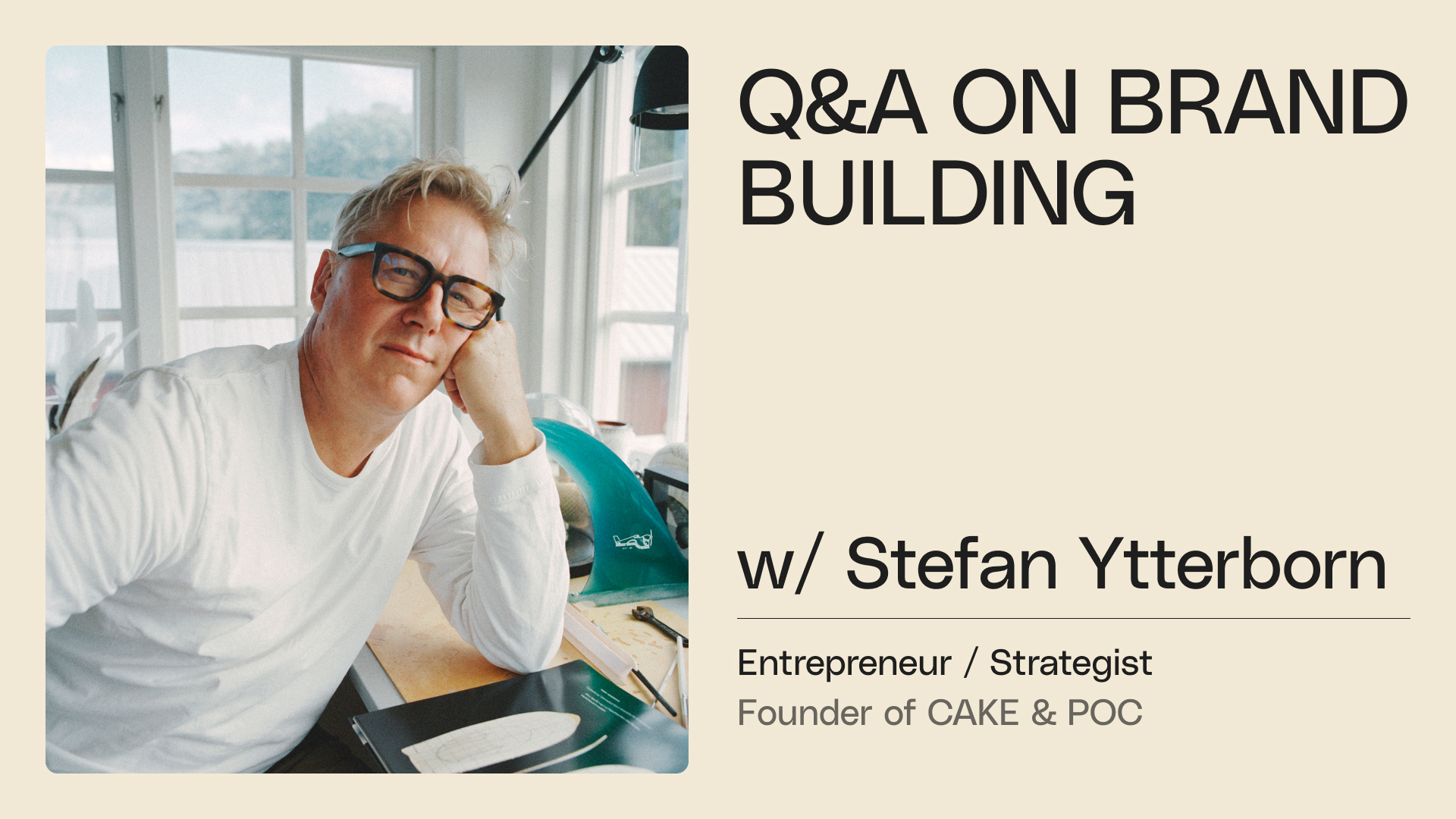The recession is here, and as many consumers adjust their spending to adapt to inflation and higher interest rates, many brands and advertisers are doing the same. For most CMOs, this has led to a need to rethink their current goals, processes and organization. We see that successful CMOs now proactively evaluate everything from current goals, KPI’s, processes and organization – to external agency partnerships. All focused on lowering costs, maximizing the return of investment of the marketing budget.
To adapt to the new reality, many companies are undergoing or planning reorganizations. In this blog post, we explore six considerations for building an efficient and effective marketing organization.

Define the goals of the future marketing organization:
Based on the company strategy and business goals, start by defining what the future marketing organization should achieve and what the goals should be. Define clear KPIs and establish a process for measuring them. Make sure to partner up and work closely together with the CEO and CFO in setting the goals, metrics, and determining what success will look like. Alignment with Sales on the goals will also create a foundation for improved efficiency and cross-team collaboration.
Understand the gaps and design the key processes:
With the goals for the future marketing team in place, define the current situation and identify the gaps between the current and desired position. Determine the key processes for the organization and re-evaluate and improve them. Currently, many marketing organizations work in channel-specific silos, resulting in inefficiency and suboptimal performance. By breaking down these silos, companies can move faster and more efficiently. Additionally, improving the brief stage and communication between sales and marketing can lead to significant savings and increased efficiency.

Build your future team with the right mix of competencies:
The number of specialist competencies in the marketing and in-house design teams has rapidly increased in recent years, leading to team size growth and increased complexity. Define the strategic competencies required for the future marketing team based on the goals, business strategy and key processes defined. Keep the strategic competence in-house and utilize flexible external partners for non-strategic competencies. This approach will make your marketing team leaner, more flexible, and faster-moving.
Reduce fixed costs:
During times of high uncertainty, maintaining low fixed costs allows companies to easily scale back in the face of declining demand and provides a higher degree of flexibility. Instead of additional hiring, consider utilizing design-as-a-service solutions like Klingit, which enable companies to access a dedicated project manager and a complete design team with all the specialist skills. This allows for quick adaptation of capacity and cost according to demand.

Re-evaluate external agencies:
External agency costs often comprise a significant part of the marketing budget. Now is a good time to re-evaluate the current agencies and subject them to competition. Modern subscription-based and digital services like Klingit can help reduce costs by 40% compared to traditional agencies while at the same time improving turnaround times and user experience.
Think ahead – recessions don’t last forever:
There is some good news when it comes to recessions. First, they don’t last forever. Second, if managed well and approached smartly, you are more likely to gain market share and come out better off. Although it may be tempting to cut back on marketing and ad spend, studies show that most successful companies are the ones that continue to invest in marketing, even during a recession. According to Nielsen Marketing Mix Models, brands that go off-air can expect to lose two percent of their long-term revenue each quarter, and it takes three to five years to recover equity losses resulting from that downtime.
However, being able to make these investments in marketing requires an effective and efficient marketing organization and a smart utilization of external partners. The work to set that up starts today.











